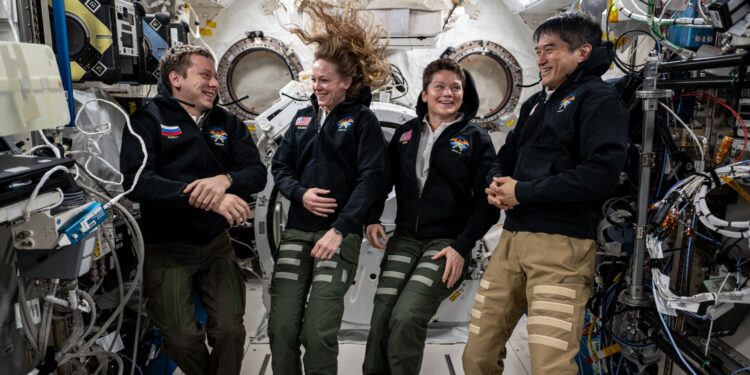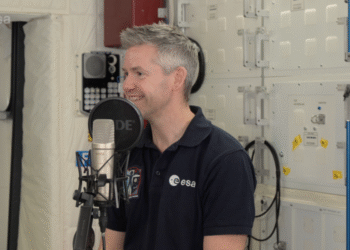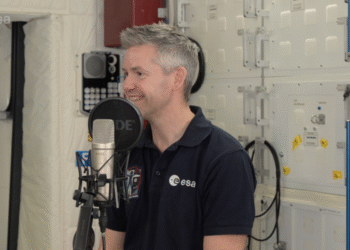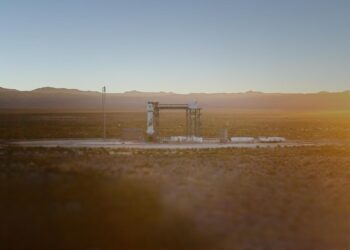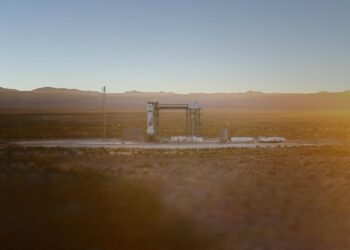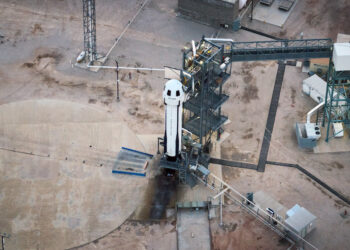The SpaceX Crew-10 mission, a collaborative endeavor between NASA and SpaceX, marked yet another milestone in space exploration and scientific research aboard the International Space Station (ISS). The mission has been remarkable not only for the safe transportation of astronauts to and from the ISS but also for the extensive scientific experiments conducted during its duration.
Scientific Experiments
One of the core components of Crew-10’s mission was the execution of a diverse range of scientific experiments that aimed to expand our understanding of various phenomena in the space environment. These experiments focused on multiple disciplines:
- Biological Sciences: Studies on microgravity’s effects on plant and human cells to better comprehend biological processes in space.
- Physical Sciences: Research about fluid dynamics and material science in the absence of Earth’s gravitational pull.
- Technology Demonstrations: Testing new technologies that are critical for future long-duration missions to the Moon and Mars.
Impact on Future Missions
The scientific data acquired from Crew-10’s mission not only advances our scientific knowledge but also holds practical applications for upcoming space explorations. The success of technology demonstrations during this mission is crucial for NASA’s Artemis program and future Mars expeditions. Crew-10 has provided valuable insights that will enhance the sustainability and safety of space missions.
Conclusion
The Crew-10 mission underscores the importance of international collaboration and innovative partnerships in advancing human space exploration. With each mission, NASA and its partners continue to push the boundaries of what is possible, ensuring that the benefits of space research contribute to humanity’s scientific and technological advancements.
For more detailed information, you can read the full article on the NASA website.


